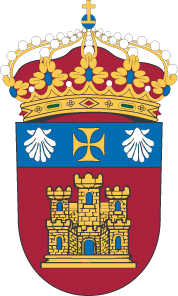Por favor, use este identificador para citar o enlazar este ítem: http://hdl.handle.net/10259/7398
Título
The energy threshold in dynamic probing
Publicado en
Bulletin of Engineering Geology and the Environment. 2022, V. 81, n. 11, 459
Editorial
Springer Nature
Fecha de publicación
2022-10
ISSN
1435-9529
DOI
10.1007/s10064-022-02945-z
Resumo
In dynamic probing tests, penetration is closely related to the potential energy of the hammer (nominal energy). This energy
stems from the mass and free fall of the hammer after being released from a certain height. Penetration depends on energy,
although only on a portion of that nominal energy that is effectively transferred to the rods (ENTHRU) and, more precisely,
the energy that reaches the cone (ENTHRUcone). ENTHRU can be measured by monitoring the upper part of the drive rods.
To calculate ENTHRUcone, ENTHRU needs to be corrected in three ways. Firstly, the energy loss in the energy transmission
through the rods has to be subtracted, as well as the energy loss due to the skin friction of the rods along the soil around
them. It is also necessary to add the energy due to the rod weight penetrating the soil. The main hypothesis assumed and later
experimentally proved in this paper is based on the fact that ENTHRUcone has to be greater than a certain value or minimum
energy (energy threshold: Th) in order to be able to cause penetration. After analyzing more than one hundred blows with
different hammer mass and drop height, a small but consistent Th and a linear relationship between energy and penetration
beyond it were found. The energy that really produces penetration (ENPEN) will be ENTHRUcone, minus Th. This allows for
improved energy corrections and correlations between results from various kinds of penetration tests.
Palabras clave
Correlation
Penetration
Dynamic
Probing
Energy
Threshold
Materia
Ingeniería civil
Civil engineering
Versión del editor
Aparece en las colecciones










